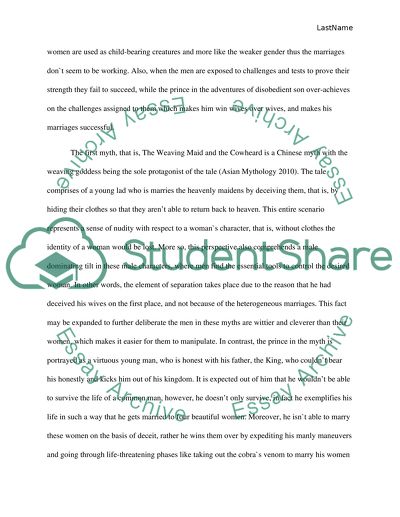Cite this document
(“Women from heaven Research Paper Example | Topics and Well Written Essays - 2000 words”, n.d.)
Retrieved from https://studentshare.org/literature/1640050-women-from-heaven
Retrieved from https://studentshare.org/literature/1640050-women-from-heaven
(Women from Heaven Research Paper Example | Topics and Well Written Essays - 2000 Words)
https://studentshare.org/literature/1640050-women-from-heaven.
https://studentshare.org/literature/1640050-women-from-heaven.
“Women from Heaven Research Paper Example | Topics and Well Written Essays - 2000 Words”, n.d. https://studentshare.org/literature/1640050-women-from-heaven.


